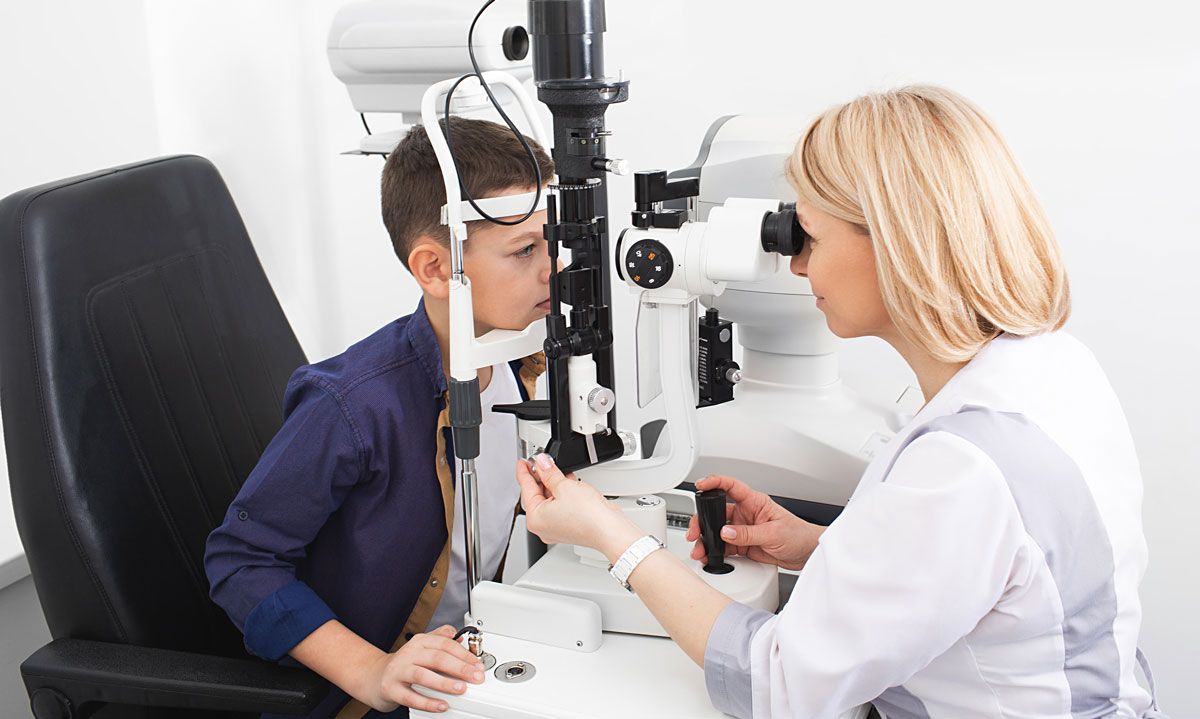August Arguments

Today all of my children are back at school, and none too soon, as the last few weeks have been characterized by insufferable, unending arguing.
My kids certainly have their fair share of arguments in the normal way of siblings, especially since so many of them think they’re experts on everything all the time, but it hasn’t been so pervasive, so constant, so ridiculous, as it has been in the last month or so. Any time any of the boys has said anything at all, without fail another of the boys has landed on them with all the reasons why they’re wrong or dumb.
Innocent mistakes aren’t safe. For example, Number 2 commented recently, “I keep thinking today is Friday!” and Number 6 immediately said scornfully, “Why do you keep thinking today is Friday??” Then the two of them were off and running with a back-and-forth argument about why sometimes people fall into thinking a certain day is a different day and no, it’s not a stupid thing to think, you’re stupid, no you are, etc.
Observations aren’t safe. For example, Number 5 said to Number 6, “Isn’t it weird that we don’t all have the same brothers?” Number 6 thought about this for a minute and then realized it was true. “Oh yeah!” he said. “Because you are my brother, but you’re not your own brother!” I was so pleased that this conversation — normally the kind of thing that would immediately devolve into an argument — went so nicely … until Number 4, who wasn’t part of the conversation, said aggressively, “Yes we do have the same brothers!” and the three of them were off and running with a back-and-forth argument about why it’s true, no it’s not true, yes it is true, you’re stupid, no you are, etc.
Opinions aren’t safe. I cannot tell you how many times I’ve heard the boys squabbling over matters of opinion. Whether something is delicious or not. Whether a particular TV show or YouTube channel is interesting or not. Whether someone is cold, or hot, or hungry, or bored — things that are subjective, things that are matters of opinion, things that can be true for one boy and not for the other boy at the exact same time. There have been so many times that I’ve had to remind them that they’re each allowed to have their own opinion; just because you think something tastes gross doesn’t mean your brother has to agree with you; yes you can think someone else’s opinion is ridiculous but they’re still allowed to have it. I’ve taken the opportunity when I can to explain the difference between informed opinions versus uninformed opinions, but when it comes to one boy preferring his hot dog without a bun versus the other boy preferring it with a bun, no one is objectively right.
Creativity isn’t safe. Number 7 gave the inexplicable name “Artra Star” to a spider on our window, which several of his brothers told him was a dumb name and decided it was a hill they would die on.
It’s even gotten to the point where no one will be saying anything at all that can be disagreed with, so someone will create an argument out of thin air, just to bother each other. Like when Number 6 said to Number 7, out of the blue, for no other reason than to bother him: “You are cheese. You look like cheese, you smell like cheese, you taste like cheese.” Number 7 immediately took the bait, saying, “I am not cheese! Cheese doesn’t even have a smell” (as if that’s the real issue here!). Number 6 replied calmly, “To me it does.” My husband, sensing an escalation, tried to diffuse the situation by teasing Number 7: “Everyone knows you’re a donut!” But Number 7 would not be soothed — instead, he wailed, “I am not food!” and then started crying, “Everyone is making fun of me!”
These are all real examples — as the weeks of arguing dragged on, I started keeping a list of these arguments in a notebook and on my phone, and even with that, I was only able to capture a fraction of what we’ve all had to deal with as the summer has wound down. I’ll be happy for everyone to have time away from each other as we head back to school, and I’ll delight in seeing how happy they are to be back together at home after busy days away. They really are good boys, and they really do enjoy spending time together — as long as none of them make the mistake of thinking today is a different day than it actually is!
Kate and her husband have seven sons ages 18, 17, 15, 13, 11, 9, and 4. Email her at kmtowne23@gmail.com.
















